How To Clean Your Camera Lenses ?
To clean your camera lenses, start by using a blower brush or air blower to remove any loose dust or debris. Then, use a microfiber cloth or lens cleaning tissue to gently wipe the lens in a circular motion, starting from the center and moving outward. Avoid using excessive pressure or rubbing the lens too hard to prevent scratching. If there are stubborn smudges or fingerprints, you can dampen the cloth slightly with lens cleaning solution or isopropyl alcohol. Make sure to apply the solution to the cloth and not directly onto the lens. Finally, use a dry part of the cloth to remove any remaining moisture or streaks. It's important to handle the lenses with care and avoid touching the glass directly with your fingers.
1、 Dust removal techniques for camera lenses
Dust removal techniques for camera lenses have evolved over the years, but the basic principles remain the same. Keeping your camera lenses clean is essential for capturing sharp and clear images. Here is a guide on how to clean your camera lenses effectively:
1. Start by using a blower brush: Gently blow away any loose dust particles from the lens surface. This helps prevent scratching the lens during the cleaning process.
2. Use a lens cleaning solution: Apply a few drops of a specialized lens cleaning solution to a microfiber cloth. Avoid using household cleaners or alcohol-based solutions, as they can damage lens coatings. The microfiber cloth should be lint-free and specifically designed for lens cleaning.
3. Wipe the lens surface: Gently wipe the lens surface in a circular motion, starting from the center and moving towards the edges. Be careful not to apply too much pressure, as this can cause smearing or scratching.
4. Remove stubborn smudges or fingerprints: If there are stubborn smudges or fingerprints on the lens, use a lens cleaning pen. These pens have a soft brush on one end to remove loose particles and a cleaning tip on the other end to tackle smudges.
5. Check for dust particles: After cleaning, inspect the lens for any remaining dust particles. If you notice any, use a sensor cleaning brush or a specialized lens cleaning cloth to gently remove them.
It's important to note that prevention is key in keeping your camera lenses clean. Always use lens caps when not in use, avoid changing lenses in dusty environments, and store your equipment in a clean and dry place.
In recent years, some photographers have also started using lens air showers or lens cleaning kits that utilize compressed air to remove dust particles. However, it's crucial to exercise caution when using these methods, as excessive air pressure can potentially damage the lens or push dust further into the lens elements.
Remember, proper lens cleaning techniques and regular maintenance will help ensure your camera lenses perform at their best, allowing you to capture stunning images with clarity and sharpness.
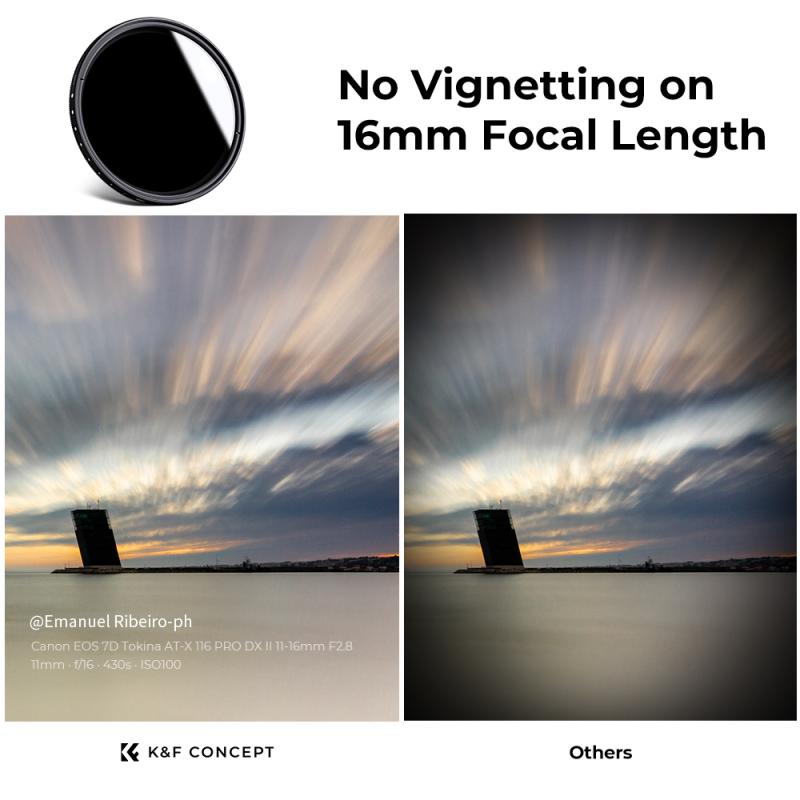
2、 Proper lens cleaning tools and materials
Proper lens cleaning tools and materials are essential for maintaining the quality and longevity of your camera lenses. Cleaning your lenses regularly is crucial to ensure optimal image quality and prevent any potential damage. Here's a guide on how to clean your camera lenses effectively:
1. Start by using a blower brush or air blower to remove any loose dust or debris from the lens surface. This step is important to prevent scratching the lens during the cleaning process.
2. Next, use a microfiber cloth or lens cleaning tissue specifically designed for camera lenses. Avoid using regular tissues or paper towels as they can leave lint or scratch the lens. Gently wipe the lens surface in a circular motion, starting from the center and moving towards the edges.
3. If there are stubborn smudges or fingerprints, breathe gently on the lens to create moisture and then use the microfiber cloth or lens cleaning tissue to wipe them away. Avoid using excessive pressure as it can damage the lens coating.
4. For more thorough cleaning, you can use a lens cleaning solution. Apply a small amount of the solution to a lens cleaning tissue or microfiber cloth and gently wipe the lens surface. Be sure to use a solution specifically designed for camera lenses and avoid using household cleaners or alcohol-based solutions.
5. Finally, inspect the lens for any remaining smudges or dust particles. If needed, repeat the cleaning process until the lens is completely clean.
It's important to note that lens cleaning should be done with caution and only when necessary. Excessive cleaning can potentially damage the lens coating or other delicate parts. If you're unsure or uncomfortable cleaning the lens yourself, it's best to seek professional assistance.
In recent years, lens cleaning tools and materials have seen advancements to cater to the evolving needs of photographers. For instance, lens cleaning pens with a brush on one end and a cleaning tip on the other have become popular. These pens offer a convenient and effective way to remove dust and smudges from camera lenses. Additionally, lens cleaning solutions now come in spray bottles with non-drip formulas, making them easier to apply without the risk of excessive liquid entering the lens.
Remember, proper lens cleaning is crucial for maintaining the quality of your camera lenses. By using the right tools and materials and following the correct techniques, you can ensure that your lenses stay in optimal condition for capturing stunning photographs.
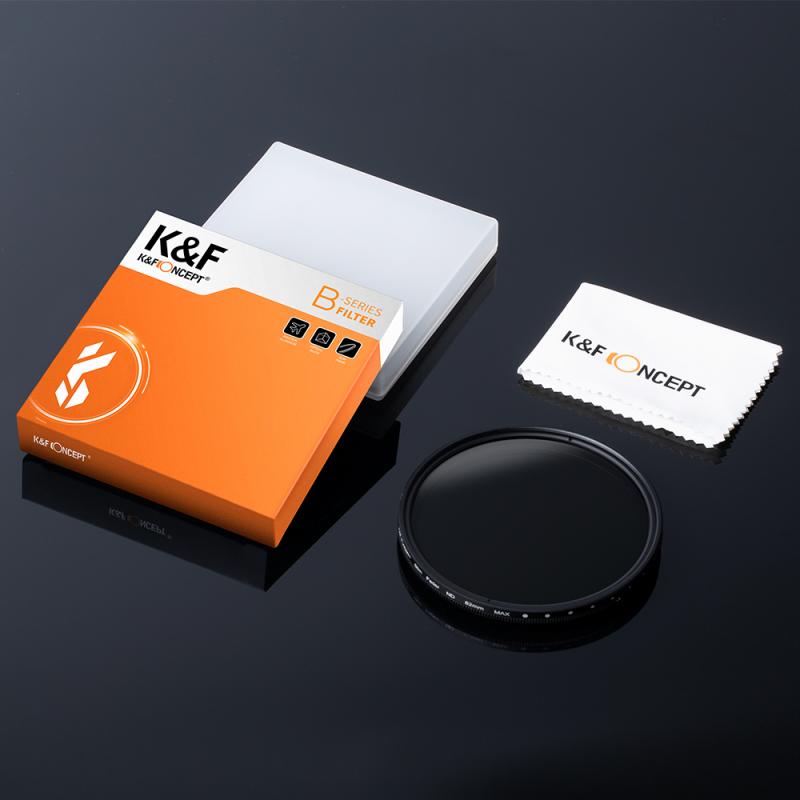
3、 Step-by-step guide to cleaning camera lenses
Step-by-step guide to cleaning camera lenses:
1. Gather the necessary supplies: Start by collecting a lens cleaning solution, lens cleaning tissue or microfiber cloth, a blower brush, and a lens cleaning pen. It is important to use products specifically designed for camera lenses to avoid damaging the delicate glass.
2. Remove any loose debris: Before applying any cleaning solution, use a blower brush to gently remove any dust or particles from the lens surface. This step helps prevent scratching the lens during the cleaning process.
3. Apply the cleaning solution: Dampen a lens cleaning tissue or microfiber cloth with a few drops of lens cleaning solution. Avoid spraying the solution directly onto the lens to prevent any liquid from seeping into the lens barrel.
4. Gently wipe the lens: Starting from the center of the lens, use a circular motion to clean the glass surface. Gradually work your way towards the edges, ensuring that you cover the entire lens area. Be gentle and avoid applying excessive pressure to prevent any potential damage.
5. Remove stubborn smudges: If there are stubborn smudges or fingerprints, use a lens cleaning pen. These pens usually have a soft brush on one end to remove loose debris and a microfiber tip on the other end to gently remove smudges.
6. Inspect the lens: After cleaning, inspect the lens for any remaining dirt or streaks. If necessary, repeat the cleaning process until the lens is completely clean.
It is worth noting that some camera lenses have special coatings, such as anti-reflective coatings, which require extra care. Always refer to the lens manufacturer's instructions for specific cleaning recommendations.
In light of the ongoing COVID-19 pandemic, it is also important to maintain good hygiene practices. Wash your hands thoroughly before handling camera equipment and consider using disposable gloves during the cleaning process to minimize the risk of contamination.
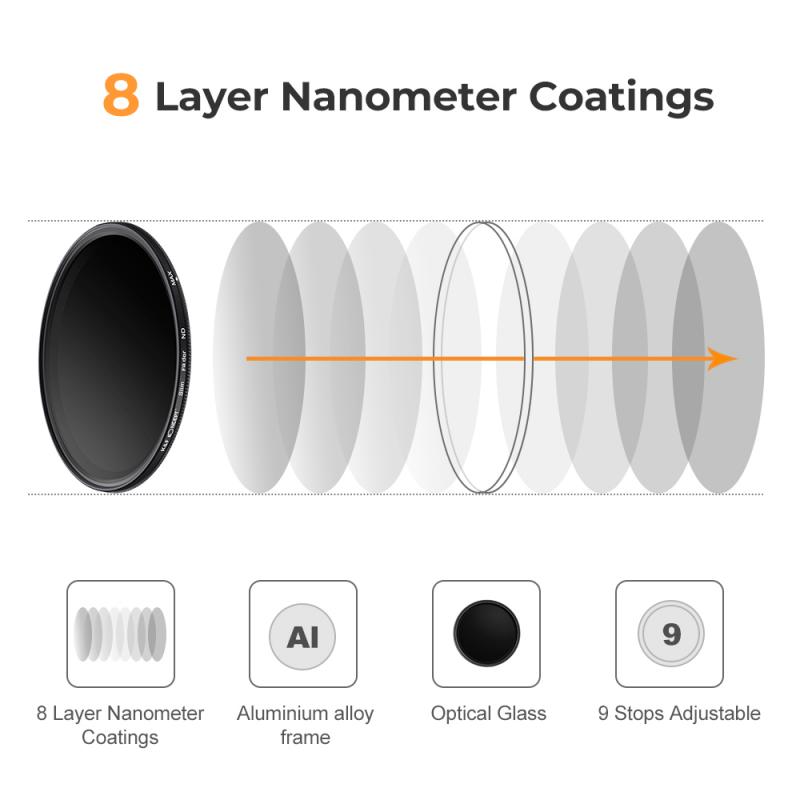
4、 Tips for preventing lens damage during cleaning
Tips for preventing lens damage during cleaning:
1. Use a blower: Before using any cleaning solution or cloth, start by using a blower to remove any loose dust or debris from the lens surface. This helps prevent scratching the lens while cleaning.
2. Use a microfiber cloth: When cleaning your camera lenses, always use a microfiber cloth specifically designed for lens cleaning. These cloths are soft and gentle, and they effectively remove smudges and fingerprints without scratching the lens.
3. Use lens cleaning solution sparingly: If there are stubborn smudges or fingerprints on the lens, you can use a lens cleaning solution. However, it is important to use it sparingly. Apply a small amount of the solution to the microfiber cloth, rather than directly on the lens, and gently wipe the lens in a circular motion.
4. Avoid using household cleaners: Never use household cleaners, such as window cleaners or alcohol-based solutions, on camera lenses. These can damage the lens coatings and affect image quality.
5. Be cautious with lens brushes: Lens brushes can be useful for removing dust, but be cautious when using them. Make sure the brush is clean and free from any debris that could scratch the lens. Also, avoid applying too much pressure while brushing.
6. Store lenses properly: When not in use, store your lenses in a clean and dry environment. Use lens caps and protective cases to prevent dust, moisture, and accidental damage.
7. Regularly check for fungus or mold: Fungus or mold can grow on lenses if they are stored in humid conditions. Regularly inspect your lenses for any signs of fungus or mold, such as white spots or fuzzy growth. If you notice any, seek professional cleaning to prevent further damage.
Remember, prevention is key when it comes to lens cleaning. By following these tips and being gentle and cautious, you can keep your camera lenses clean and in optimal condition for capturing stunning images.
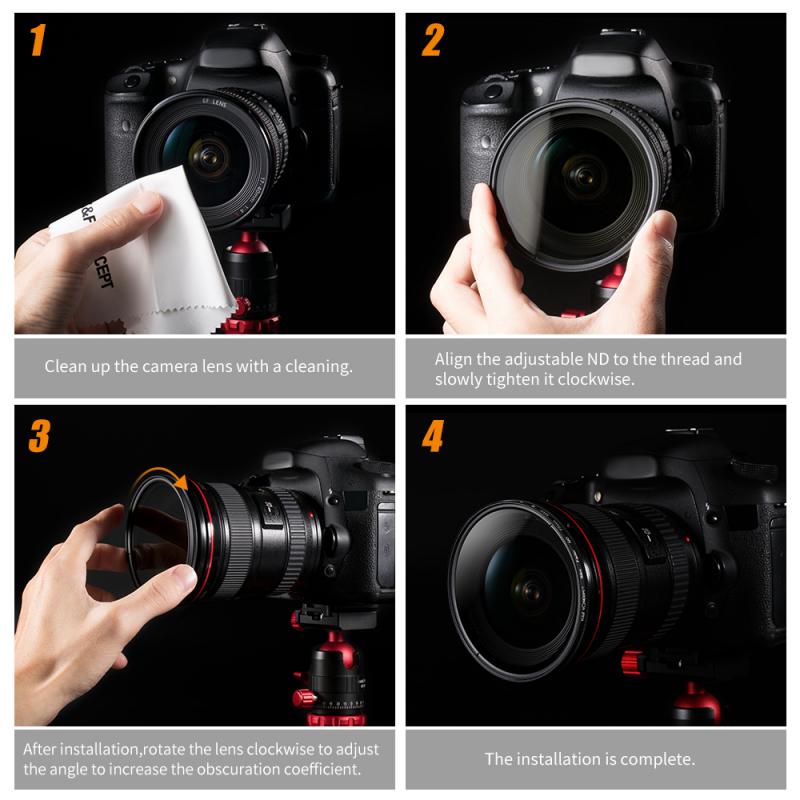









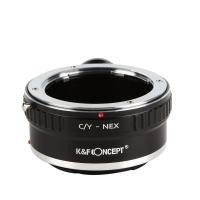



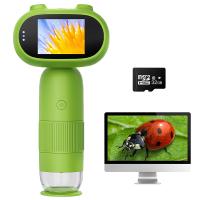

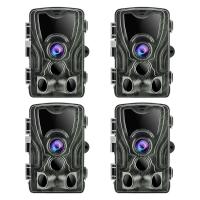

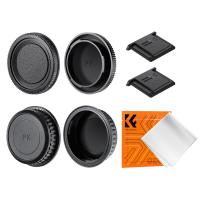

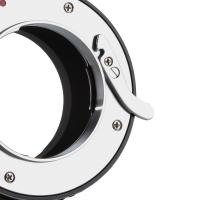




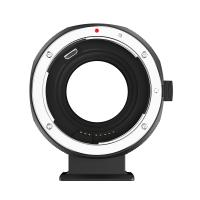
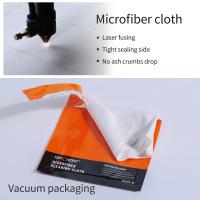



There are no comments for this blog.